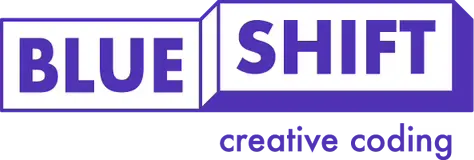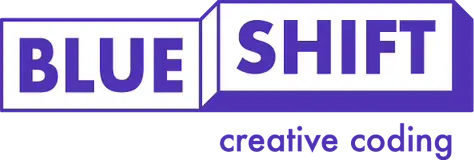How Did A Court Case Open The Door For Video Game Modding?
At one point, Mojang very nearly banned mods for Minecraft, which would have not only been bad for people wanting to learn how to code but also ultimately for themselves.
Game modding helps to keep games alive, as creative players develop the original ideas of the game and push them further, either creating unique maps, game modes or even new games entirely. Without modding, Fortnite simply would not have happened.
Many game makers embrace or at least accept mods as a fact of life that is ultimately beneficial, but in other cases, companies take a hard-line approach that does not always end well for them.
The most famous court case in this regard was Lewis Galoob Toys v Nintendo of America, also commonly known as the “Game Genie case”.
The Game Genie was a tool used for cheating in games made by UK games company Codemasters and sold by Galoob Toys and Camerica, inspired in part by the Multiface add-on for various home computers.
It could be used to add certain lines of code that would, for example, give a player infinite lives in Nintendo Entertainment System games. Similar tools such as Game Shark, Action Replay and Code Breaker were made for other consoles.
Nintendo did not like this and sued Galoob for copyright infringement, claiming that using the Game Genie created copyright-infringing works, implying in the eyes of the law that game mods of any kind were seen as copyright infringing.
Galoob counter-sued to stop Nintendo from blocking sales of the device, and the mess resulted in a surprising win for Galoob, winning $15m in damages and proving that game mods by themselves were legal.
This encouraged developers to have a more permissive approach to the modification of games, which was cemented by the very open attitude of Id Software, the creators of 1993’s Doom.
Whilst a popular game, the modding and mapmaking community kept the game alive and selling for decades afterwards.






